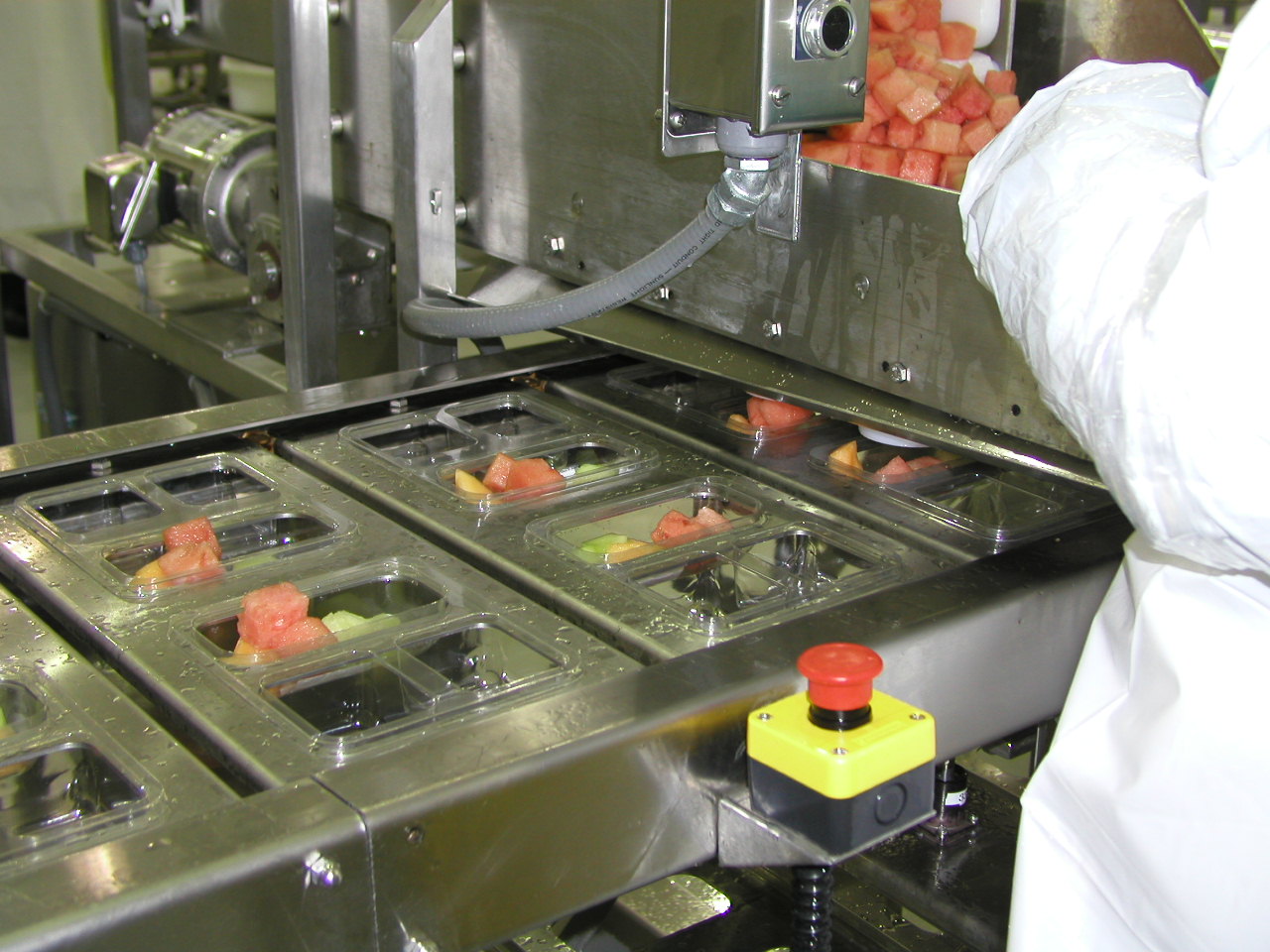Fresh Fruit Packaging Machine
Solutions For Fresh Fruit And Produce Packaging
Packaging fresh fruit and produce presents unique challenges for suppliers. Today’s supply chains are becoming longer and more complicated – and sometimes span several continents. The right choice of logistic services can determine whether or not a fresh produce consignment can be sold. Fresh produce can be shipped by sea, air, road, or in some cases, by rail. It is important to ensure that the delivery process and the packaging of fresh produce on its way from farm to point of sale is adapted to the respective mode of transport.
Packaging not only needs to be leak-proof (for convenience and hygiene purposes) and include machine-readable labels. It should also protect against contamination, so that fresh produce can be transported together with FMCGs in the same consignment. In this context, fresh fruit and vegetable packaging will increasingly be expected to support eco-sustainability, for example, by extending shelf life and using more eco-friendly materials. Growers will either need to expand their in-house packaging capabilities and processes, or enter into partnerships with service providers. We already see the packaging industry ramping up its production capacity for producers – and this trend is likely to continue as online sales increase.
ORICS is a leader in Modified Atmosphere Packaging, (M.A.P.) systems which helps to solve a number of issues for produce and fresh fruit with regard to ensuring freshness and prolonging shelf life.

